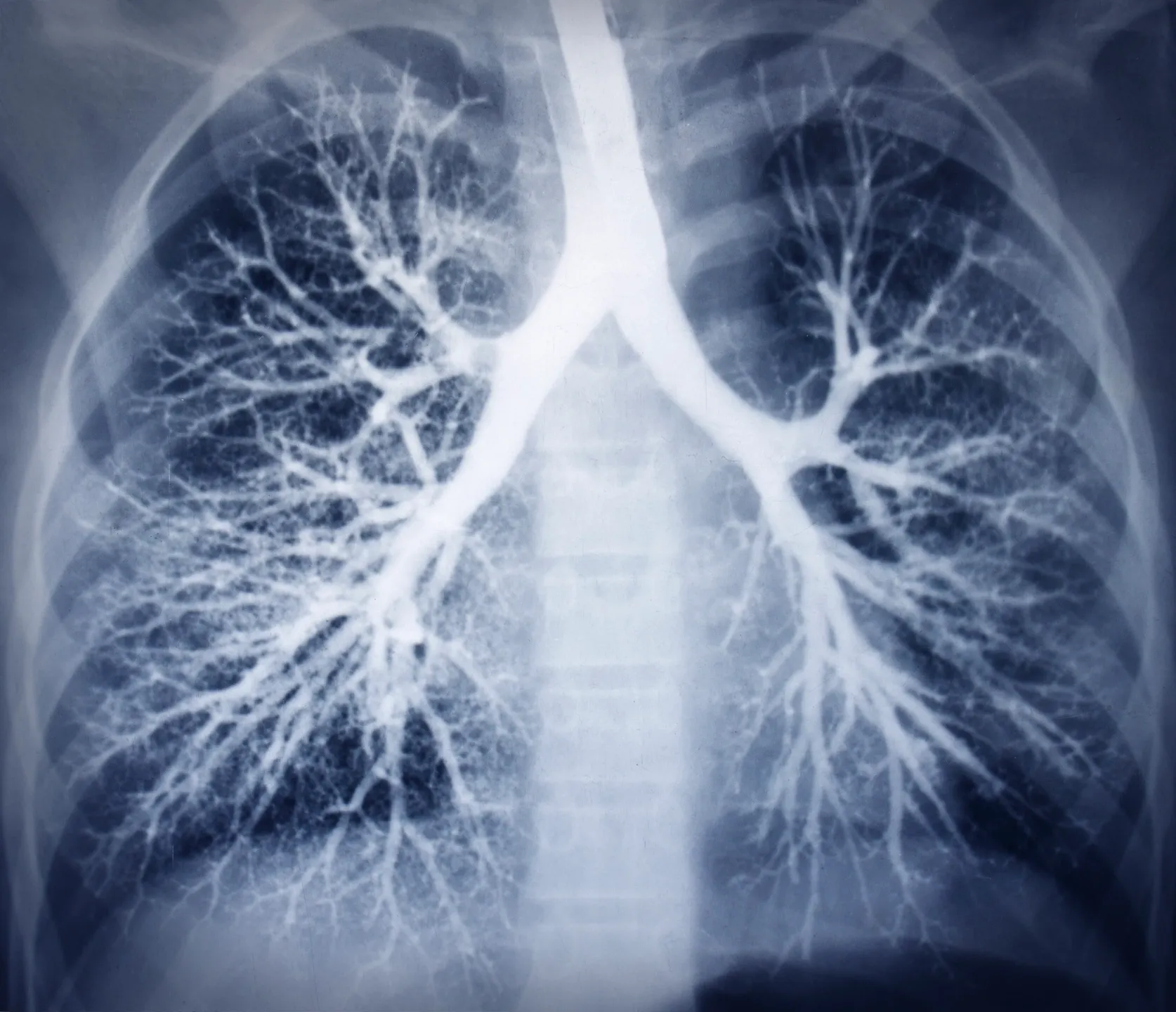COVID-19 and Hyperbarics
The novel coronavirus-19 hit the world hard in 2020 and today it is still changing and spreading. Because the virus is still relatively new and showing signs of mutation, hard scientific knowledge of the condition is sparse and constantly evolving. What was initially thought of as just a respiratory virus, it is now revealing itself to be a multi-system infection. Severity and symptoms of COVID have been very broad amongst the population and researchers are still working to find out why it affects some patients worse than others. Adding to the mystery, as millions of people have recovered from the acute infection of COVID-19, about 30-60% are reporting chronic symptoms lasting long after they stop testing positive for the virus. This population has been dubbed the “long haulers,” and research has only just begun to hypothesize about this puzzling condition.
Symptoms of COVID-19 look a lot like other respiratory infections including fever, cough, sore throat, nausea, shortness of breath, fatigue, and body aches. Some patients experience more unique symptoms such as loss of taste or smell, hair loss, confusion, blue lips or extremities from insufficient oxygen levels and skin and vision problems. Patients with mild infections often get better within 2 weeks at home; patients with severe infections often experience lung damage and are unable to breathe without intervention of a ventilator. Unfortunately, many of these patients do not survive. Current research and statistics show a trend of elderly and immunocompromised patients being most likely to need hospitalization.
“Long haulers” are reporting a wide variety of symptoms that may only last a few weeks or potentially permanently. Reports of brain fog, headache, low grade fever, fatigue, severe shortness of breath, joint and chest pain, cough, irregular heart rate, inflammation in organs, continued hair loss, anxiety and more have been documented. Current theories for these symptoms are aimed at an overactive immune system due to damage from the initial virus or a lingering virus presence in tissues that eludes current tests. Many doctors are suggesting that the virus may act as a trigger for a new type of autoimmune disorder associated with COVID-19.
As science scrambles to catch up with this new virus, many hospitals are utilizing old therapies to treat patients in the hopes of avoiding ventilation, including hyperbaric oxygen therapy. There are dozens of studies currently running all over the world to see if putting a patient in a hyperbaric chamber can treat and prevent lung damage that would require a ventilator. Ventilation is an invasive procedure that mechanically pressurizes a patient’s lungs; this ensures the patient gets enough oxygen, but may cause inflammation, tissue damage, cause the lungs to become reliant on the machine or in rare cases, death. Hyperbaric oxygen therapy is non-invasive and pressurizes the air outside of the body. For eligible COVID-19 patients, this may be less stressful on their inflamed lungs and make respiration easier. Hospitals that have been using hyperbarics on pre-ventilated patients have reported great success so far. Patients have reported experiencing easier breathing, pain reduction and improved well being immediately upon entering the chamber for treatment. Hyperbaric doctors are reporting that treatments are also helping decrease lung and systemic inflammation, assisting in other treatments and therapies to speed recovery time.
There are anecdotes from “long haulers” utilizing hyperbaric therapy reporting success in relieving the lingering symptoms of COVID-19. Saturating the post-COVID body with oxygen may help reduce residual inflammation in the lungs, joints and other affected areas.

